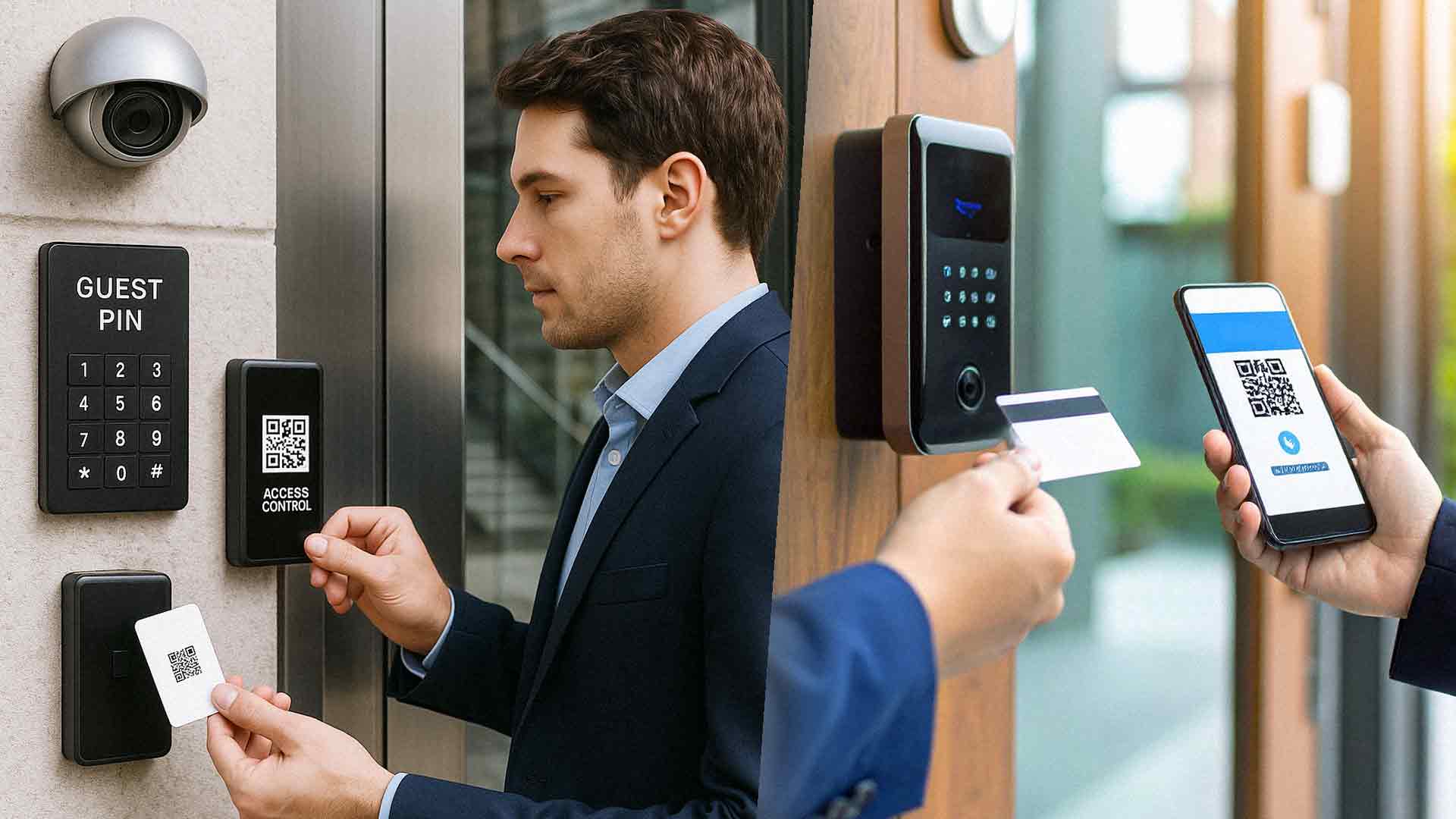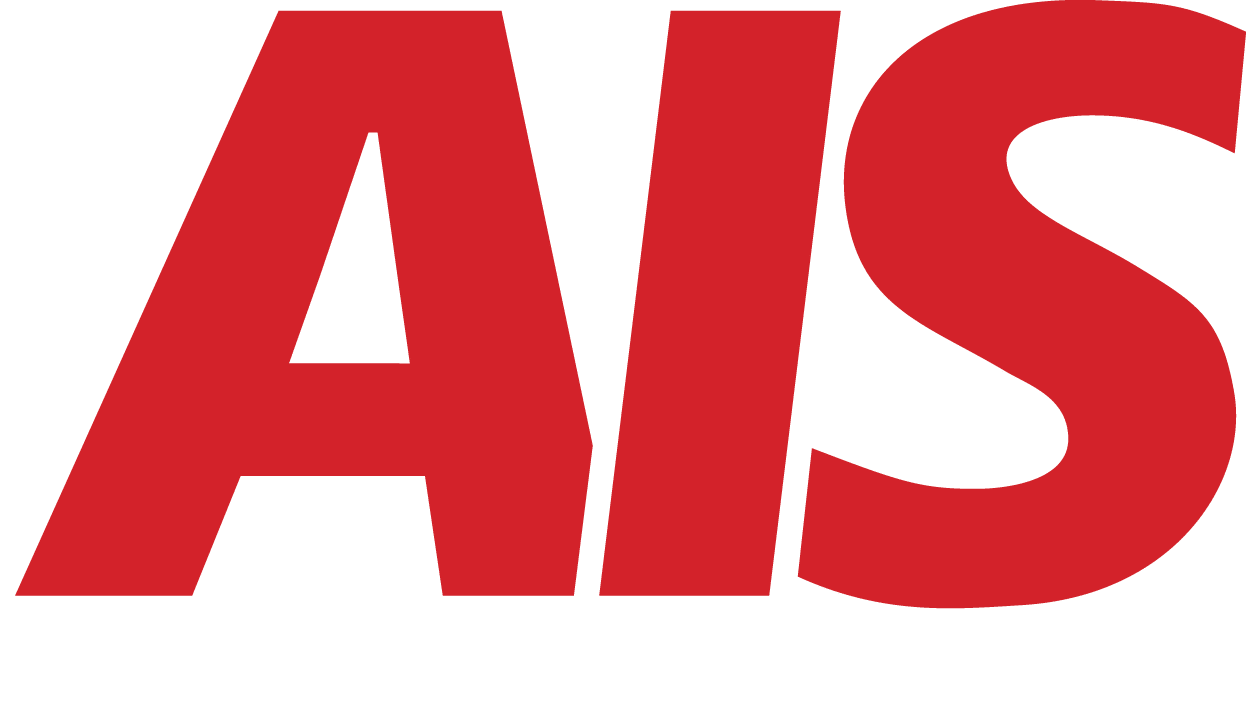Best Practices for Setting Up Access Control in Multi-Tenant Buildings
June 11th, 2025 | 6 min. read

Managing a multi-tenant building isn’t just about rent checks and elevator maintenance. It’s also about keeping every suite secure without turning your life into a key-tracking nightmare.
Whether you oversee a small office building or a large mixed-use property, your tenants expect a safe environment and smooth access. But here’s the catch: different tenants have different needs, and outdated systems just don’t scale.
That’s where modern access control (especially cloud-based systems like Verkada)can make all the difference. Let’s walk through the most innovative ways to set up access control that works for you, your tenants, and your bottom line.
Why Multi-Tenant Buildings Are a Special Kind of Challenge
Unlike single-tenant spaces, you're not just dealing with one company’s preferences or hours. You’re juggling:
- Shared entrances and lobbies
- Different access schedules for each tenant
- Multiple vendors, cleaning crews, and service teams
- Turnover (both tenants and their employees)
- The ever-present need for accountability without overreach
And maybe most importantly, you need a system that you—and your tenants—can trust without it becoming a second full-time job.
1. Choose a Scalable, Cloud-Based Access Control Platform
What is the biggest mistake we see in multi-tenant buildings? Piecing together systems over time. One tenant wants keycards. Another brings in a keypad. Someone adds a camera that doesn’t connect to anything else. It’s a mess.
Cloud-based platforms like Verkada solve that by letting you:
- Manage all doors, floors, and users from one dashboard
- Add or remove access instantly—no on-site visits or rekeying
- See logs in real time, even across buildings or cities
- Get alerts if something’s off (like a door propped open after hours)
It’s central control, without micromanaging your tenants.
2. Assign Access Based on Roles and Zones
Not every user requires the same level of access.
- Tenants require access to their suites and shared areas, such as kitchens, gyms, and restrooms.
- Vendors (such as cleaning crews and delivery drivers) require access during specific windows, often to shared spaces only.
- Property managers or staff may need full-building access, but only during working hours.
With role-based credentials, you can easily:
- Set schedules
- Limit access to certain doors
- Revoke credentials instantly when vendors or tenants move on
Tip: This also minimizes the “can someone let me in?” calls or tailgating risks.
3. Enable Real-Time Logs and Event Alerts
Accountability is a significant concern in shared buildings. If there’s a break-in or complaint, you want to know:
- Who entered the building
- What door they used
- When they were there
Systems like Verkada automatically log every access event. And unlike old-school logs, this info is:
- Easy to search
- Available remotely
- Linked to specific credentials or mobile phones
This protects you as the landlord and gives tenants peace of mind. You can even offer read-only access to their suite logs so they can monitor their space without poking into anyone else’s.
4. Make Visitor Access Simple (and Safe)
Shared spaces = lots of visitors. Whether it's clients, job applicants, or the lunch delivery person, you need a fast, secure way to manage temporary access.
Best practices include:
- QR codes that expire after one use
- Guest PINs for one-time or scheduled access
- Video intercoms at main entrances tied to mobile notifications
- Time-restricted visitor logs for tracking without manual sign-ins
When done right, this helps:
- Reduce front desk bottlenecks
- Improve package delivery (no more missing Amazon boxes)
- Keep service teams from lingering where they shouldn’t be
5. Set (and Communicate) Clear Access Policies
No matter how good your tech is, it only works if people understand how to use it. That’s why it’s smart to create a simple access control policy that covers:
- Hours of operation per tenant
- Rules around guests and after-hours access
- What happens if someone loses a credential
- Who to contact for access issues or changes
Provide this during lease signing, and make updates part of your routine communication (e.g., via email or tenant portal).
Pro tip: Keep your policy flexible but firm. It’s easier to adjust expectations up front than deal with unclear rules after something goes wrong.
6. When Tenants Leave, Access Leaves Too
Turnover is inevitable. But what’s not okay? Letting former tenants or staff still have door access weeks (or months) after they move out.
A modern access system makes it easy to:
- Revoke access instantly
- Deactivate expired codes or badges
- Audit the last use of a credential
- Wipe permissions without having to rekey physical doors
This is especially helpful in properties where new tenants move into previously occupied suites—no more replacing locks or digging for old key fobs.
7. Use Integrated Cameras for Peace of Mind
Access logs are great, but pair them with video, and you have context. That’s why so many building managers now opt for integrated surveillance and access control systems.
With Verkada:
- Door events sync with video footage
- You can verify if someone tailgated or used someone else’s code
- Alerts can include live video previews
It’s one login for both systems. And that means one less thing to worry about.
What Makes Verkada a Smart Fit for Multi-Tenant Spaces?
Here’s what property managers love most:
- All locations are managed on one platform
- Mobile-friendly credential setup (great for modern tenants)
- Built-in compliance tools and audit logs
- Intuitive user roles and permissions
- Reliable support and scalable hardware
You get a professional-grade system that’s flexible enough for any type of building, and robust enough to grow as you add tenants.
Want Help Mapping Access for Your Building?
AIS works with building managers, leasing agents, and ownership groups to create access systems that don’t just “work”—they make your life easier.
We’ll walk your property (virtually or in person), audit your current setup, and recommend tools that improve security without creating friction for you or your tenants.
The Final Word: Best Practices for Security in Multi-Tenant Buildings
Multi-tenant buildings don’t have to mean multi-system chaos. With the proper access control platform, you can keep every suite secure, simplify vendor management, and still make life easy for your tenants.
Because at the end of the day, reasonable access control should give you—and your tenants—one thing above all else: peace of mind. So, reach out to us today to learn the best ways to protect your business, customers, and assets.
A true southerner from Atlanta, Georgia, Marissa has always had a strong passion for writing and storytelling. She moved out west in 2018 where she became an expert on all things business technology-related as the Content Producer at AIS. Coupled with her knowledge of SEO best practices, she's been integral in catapulting AIS to the digital forefront of the industry. In her free time, she enjoys sipping wine and hanging out with her rescue-dog, WIllow. Basically, she loves wine and dogs, but not whiny dogs.



